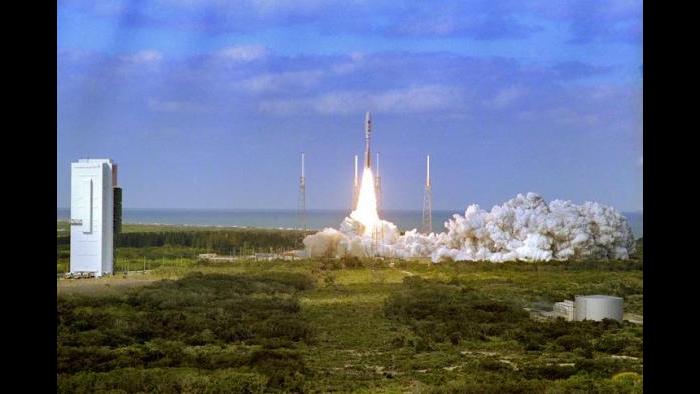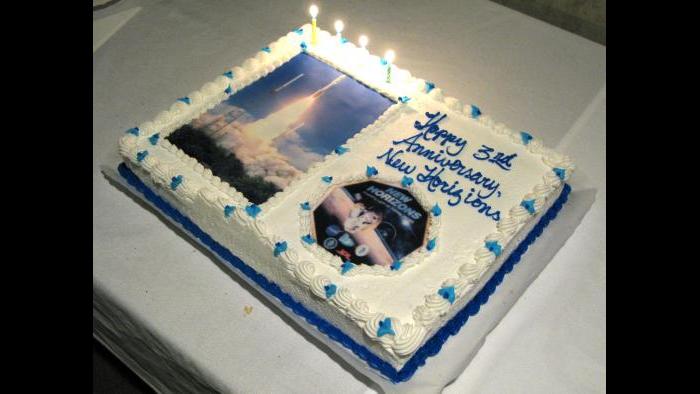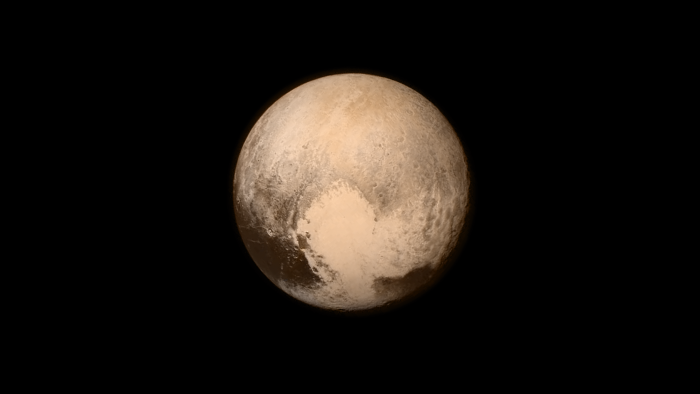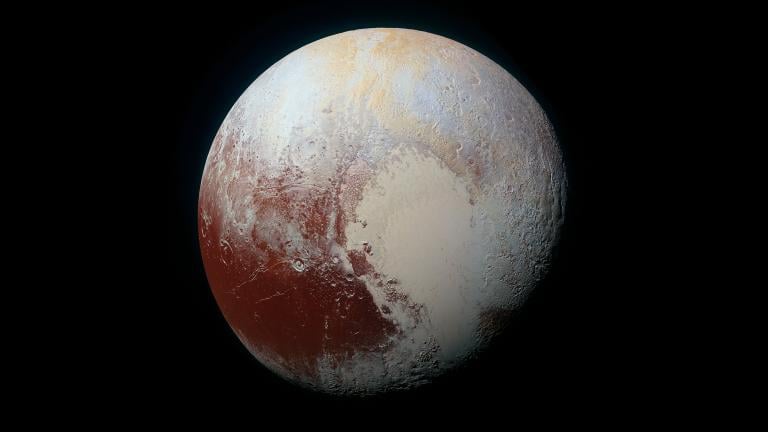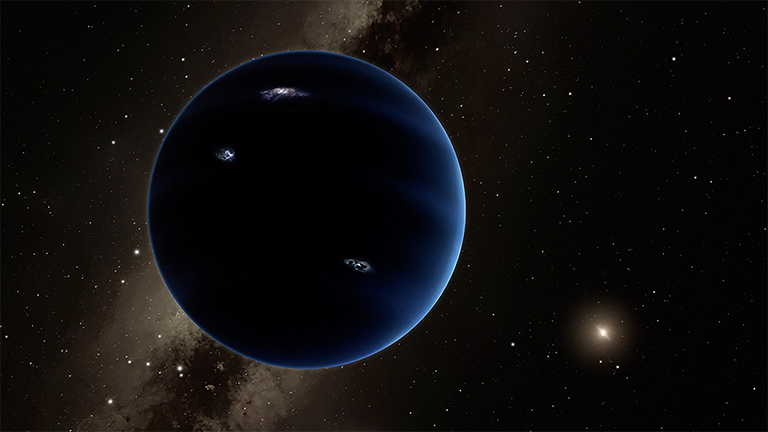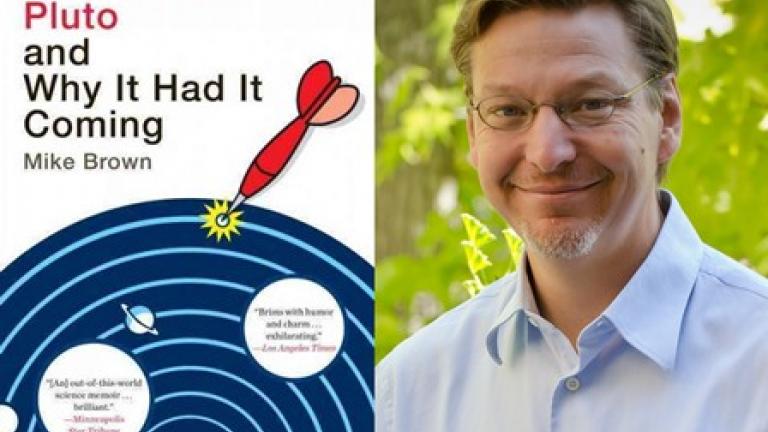Pluto finally got a visitor from Earth, 85 years after the dwarf planet’s discovery by American astronomer Clyde Tombaugh. Completing a nine-year, 3-billion-mile voyage, NASA's New Horizons spacecraft reached the former ninth planet of our solar system on Tuesday.
The visit marks the first time clear images of Pluto will be seen by human eyes. Up until last year, the Alaska-sized dwarf planet appeared only as a fuzzy blur even in the most powerful of telescopes.
We discuss the milestone flyby with astronomers Mark Hammergren and Lucianne Walkowicz from the Adler Planetarium who'll tell us what the photos and scientific instruments aboard New Horizons are already uncovering about our very distant neighbor and its five known moons.

